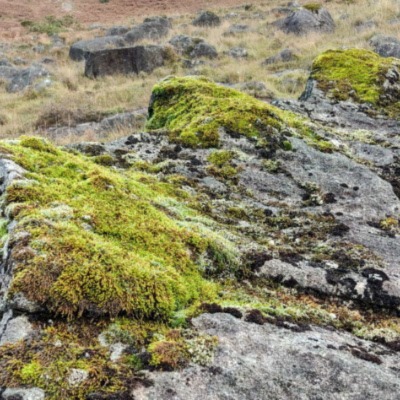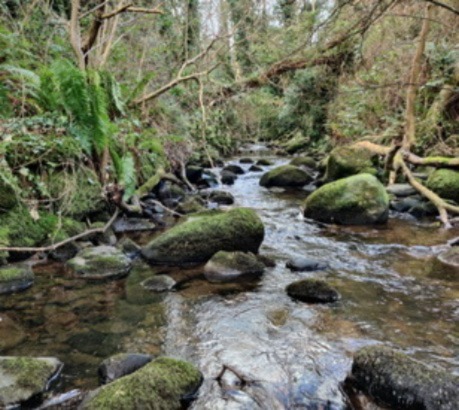The Bryophytes of Carlingford
The Bryophytes of Carlingford: habitats and ecology
Bryophytes — mosses and liverworts — are an important component of the indigenous flora of Ireland and, in addition, they are excellent indicators of environmental conditions and habitat quality. Habitats of high nature value form in places where the underlying environmental conditions, such as bedrock geology, water chemistry, and soil structure, are ecologically specialised and scientifically interesting. Many bryophyte species have precise habitat requirements, and their occurrence in a particular place is often indicative of unusual ecological conditions and the historical continuity of intact natural habitats.
Biodiversity loss
Global biodiversity loss has been brought about by the widespread destruction and degradation of natural habitats and the consequent extinction (locally or more widely) of their indigenous species of flora, fauna, fungi, microbes, etc. Major landscape management decisions, such as forestry and drainage, often take place in a knowledge vacuum where the various involved parties are unable to access or contextualise high quality site information to assess the biogeographic significance of individual locations. A prerequisite for orderly and informed planning is the generation of well-grounded site inventories to safeguard those habitat types and their included species which are now scarce, in decline and vulnerable to loss or damage.
Cooley Peninsula and the study
Carlingford Mountain and the surrounding landscape of the Cooley Peninsula, Co. Louth, still retain excellent examples of relatively intact, scientifically important habitats of high nature value. The local climate and the character of the landscape — topography, disposition of the bedrock types and overlying glacial drift — support a range of habitat types which are of considerable biogeographical significance. Atlantic oceanic habitat types on the western seaboard of Ireland find equivalents on the east coast in the Cooley Peninsula. Mosses and liverworts are particularly important components of the flora of these habitats.
This study addresses the biogeographical, botanical and ecological characteristics of selected sites on the Cooley Peninsula and sets their importance in the broader context of the Irish landscape, through a field-based investigation of mosses and liverworts and their ecological setting. It will provide site-specific accounts to inform future planning and, more widely, draw together expertise to provide a model for field-based studies of the type required to address the broader biodiversity crisis.
Principal Investigator
- Dr Melinda Lyons
- Dr Declan Doogue, botanist, ecologist and phytosociologist is assisting in an advisory capacity.

The chemical composition of Gabbro (a base-rich igneous rock) on Carlingford Mountain provides habitats for a range of rare bryophytes including the legally protected moss Braunia imberbis (syn. Hedwigia integrifolia), as shown on this boulder. Nov. 2022.

The sheltered topography, clean water, and shaded woodland conditions in Omeath Glen provide a range of microhabitats for specialist bryophytes on boulders and steam banks. Feb. 2023.
